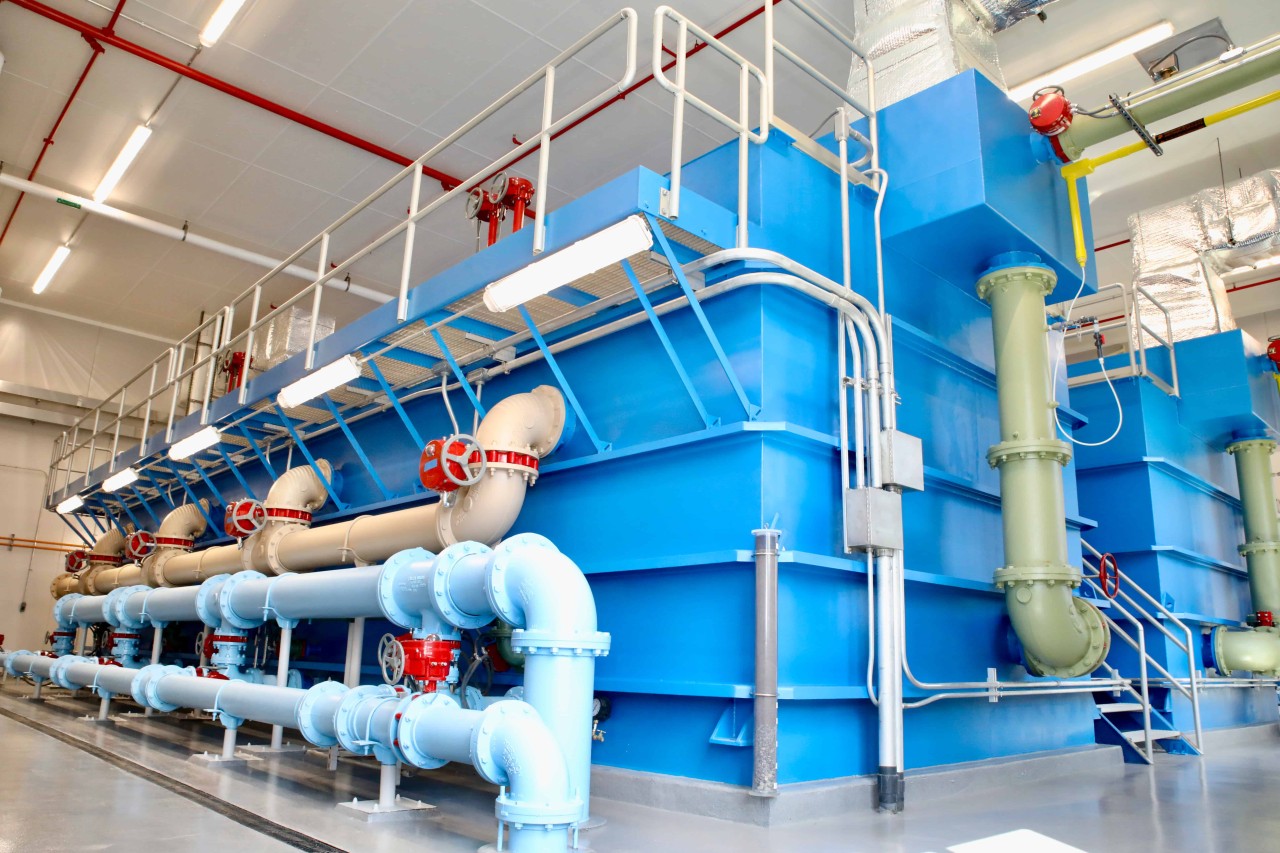Understanding municipal water filtration
The key objective of drinking water treatment and water filtration is to prevent water-borne illnesses and help communities access safe drinking water. The U.S. Environmental Protection Agency (EPA) regulates approximately 155,000 public water systems that provide drinking water to 90% of the country's population. The agency requires utilities to conduct frequent tests to examine the water quality and ensure drinking water treatment meets federal and local standards.
Depending on the municipality, the drinking water treatment process involves a series of steps, including coagulation, flocculation, sedimentation, filtration and disinfection. The following table highlights the various steps of a typical, modern municipal water filtration system.
Municipal water filtration is a key step that helps accomplish the desired purity of drinking water. Community leaders should consult water engineers to determine the right water filtration technology for their municipality.
Types of municipal water filtration
It is worth noting that depending upon the quality of the source water, the water treatment process varies. As a public water drinking source, surface water typically requires more treatment and filtration than groundwater, as rivers, streams and lakes contain more sediments and contaminants than groundwater. The types of municipal water filtration technology are determined accordingly.
Some public water distribution systems, particularly those in the Midwest, may contain radionucleotides (small radioactive particles such as radium) that require specialized filtration through pre-formed Hydrous Manganese Oxide (HMO) filters. It is an EPA-recognized treatment method to remove radium from drinking water. The suspended manganese oxide particles have a high affinity for radium adsorption. As radium affixes to the HMO filter, it gets removed in the subsequent media filter along with any iron or sulfur particles.
Water filtration is a complicated process that requires the technical expertise of professionals to comply with the EPA's drinking water standards. Communities often require securing funds to upgrade municipal water filtration processes. Partnering with an experienced team of water engineers helps municipal leaders determine affordable and effective water filtration methods and secure the means to implement them.
Partner with Fehr Graham to determine the right water filtration technique for your community
At Fehr Graham, we are committed to helping communities design custom, cost-effective and state-of-the-art municipal water filtration systems to secure safe drinking water. Our team of licensed engineers helps you design filtration systems to remove contaminants, oversee construction and secure funding for system upgrades. With Fehr Graham, you can be assured your water will comply with local drinking water regulatory standards.
To learn about how Fehr Graham can help you with developing municipal water filtration systems, contact us or call 815.235.7643.
 |
Derek Thompson, PE, is a Professional Engineer with a proven track record in water, sewer, transportation and site design. He is also the Branch Manager of our Freeport, Illinois, office. Derek is client-focused. He builds and maintains strong relationships with community and municipal leaders while tailoring projects to their needs. Reach him at |
Collaborative, Insightful, Results-Driven Solutions
Fehr Graham provides innovative engineering and environmental solutions to help improve the lives and communities of our customers.

